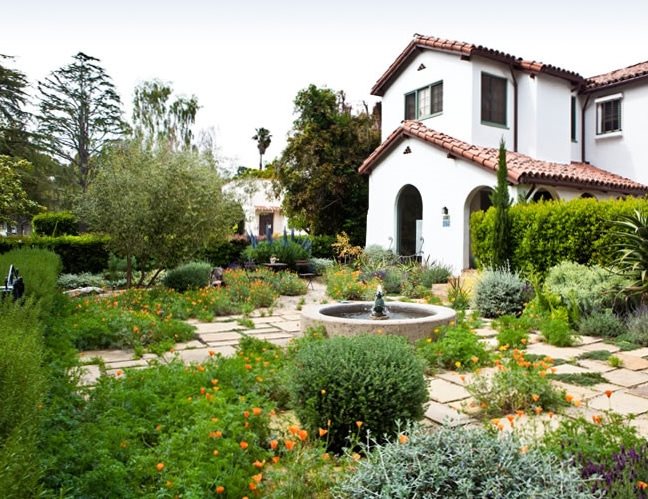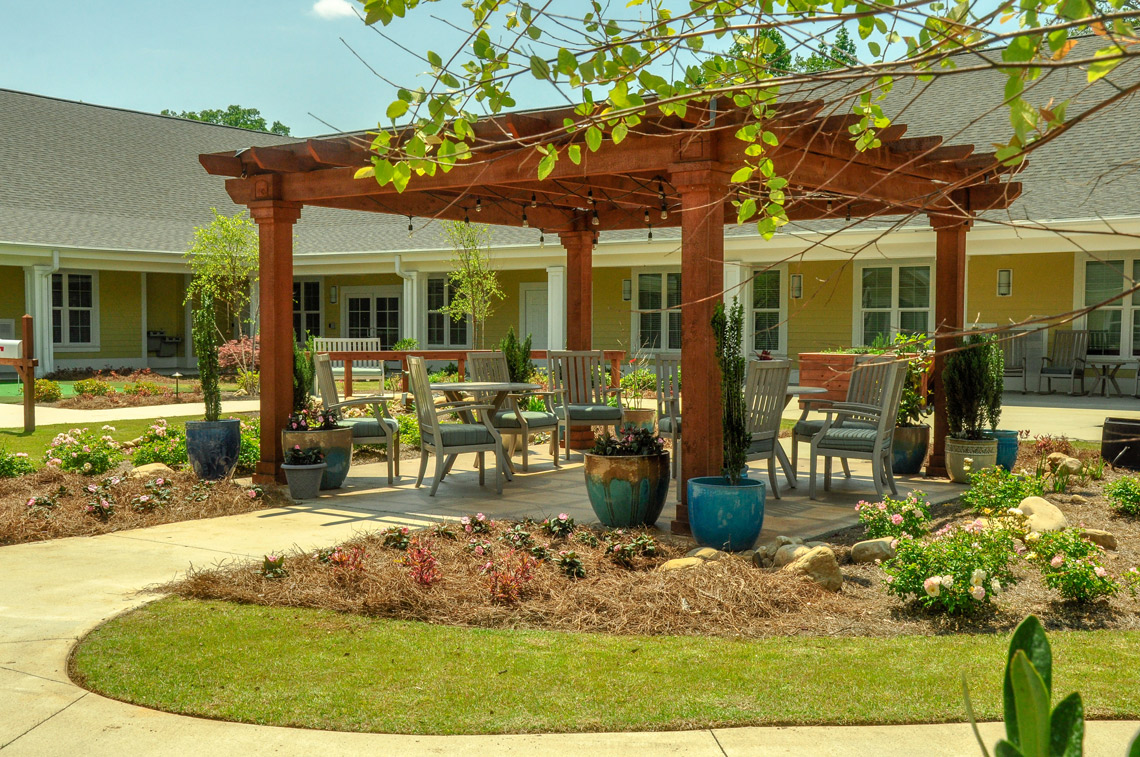Some Known Questions About Hilton Head Landscapes.
Some Known Questions About Hilton Head Landscapes.
Blog Article
Our Hilton Head Landscapes Statements
Table of ContentsRumored Buzz on Hilton Head LandscapesThe Main Principles Of Hilton Head Landscapes 8 Easy Facts About Hilton Head Landscapes ExplainedThe Hilton Head Landscapes DiariesThe Best Strategy To Use For Hilton Head LandscapesAn Unbiased View of Hilton Head LandscapesHilton Head Landscapes Fundamentals Explained
Line produces all forms and patterns and can be used in a range of methods the landscape. Line in the landscape is developed by the edge in between two products, the outline or silhouette of a kind, or a lengthy straight attribute. Lines are a powerful device for the developer since they can be made use of to produce an infinite range of forms and types, and they regulate motion of the eye and the body.

Lines in the landscape. The homes of lines identify just how individuals respond to the landscape, both psychologically and literally.
Hilton Head Landscapes for Beginners
Straight lines are usually discovered in hardscape sides and material. Rounded lines produce a casual, natural, relaxed character that is associated extra with nature and asymmetrical balance. Bent lines move the eye at a slower pace and include mystery to the space by producing hidden views. Vertical lines move the eye up, making a space really feel bigger.
Vertical lines in the landscape include tall, slim plant material, such as trees, or high frameworks, such as an arbor or a bird home on a post. Straight lines move the eye along the ground aircraft and can make a space really feel bigger. Reduced lines are more restrained and produce a sensation of remainder or repose.
How Hilton Head Landscapes can Save You Time, Stress, and Money.
Low lines are created by reduced yard wall surfaces, sidewalks, and short hedges. Lines are used to attract kinds on a plan. In plan view, they specify plant beds and hardscape locations. Lines are likewise created by the vertical forms of developed functions and plant material. There are 3 main line kinds that create kind in the landscape: bedlines, hardscape lines, and plant lines.
Bedlines connect plant material to your house and hardscape due to the fact that the eye follows the line, moving the stare with the landscape. Hardscape lines are produced by the edge of the hardscape, which marks the developed framework. Line can also be developed by lengthy and narrow materials, such as a fencing or wall surface.
Some Known Factual Statements About Hilton Head Landscapes
Kind is found in both hardscape and plants, and it is generally the leading aesthetic element that spatially arranges the landscape and often figures out the design of the garden. The kind of frameworks, plant beds, and garden accessories additionally identifies the overall type style of the yard. Formal, geometric kinds include circles, squares, and polygons.
Plants develop kind in the garden through their details or silhouettes, yet type can likewise be specified by a gap or unfavorable space in between plants - hilton head landscapers (https://slides.com/h1tnhdlndscps). Circles can be cycles, or they can be split right into half circles or circle segments and integrated with lines to produce arcs and tangents
Some Known Factual Statements About Hilton Head Landscapes
Circles can likewise be stretched into ovals and ellipses for even more variety and passion. Circles are a strong layout form since the eye is constantly drawn to the facility, which can be used to emphasize a centerpiece or attach other types. Number 2. Round forms in hardscape and yard panels.
The square form can also be segmented and secondhand repeatedly to produce a grid pattern. Unlike circles, squares are more powerful on the brink, which can be aligned or overlapped to produce unique patterns and even more complex kinds. Polygons are many-sided types with straight sides. Triangulars, as an example, are three-sided polygons.
Meandering lines usually mimic the natural course of rivers or streams and can be explained as smooth lines with deeply bent undulations. Meandering lines (Number 3) work well for pathways, plant bedlines, and completely dry stream beds. Twisting lines can add rate of interest and mystery to a garden by leading viewers around edges to discover new views and rooms.
The Buzz on Hilton Head Landscapes

Number 5. Fragmented edges: stepping stones in pathway. Kind is the most long-lasting quality of a plant (Landscapers near me). https://issuu.com/h1tnhdlndscps. Common plant kinds are well established and standard, as kind is the most constant and identifiable characteristic of plants. Form can additionally be produced through the massing of plants, where the general mass creates a different kind than a specific plant.
An extremely different form must be utilized with careone or 2 job well as a prime focus, but way too many create chaos. Natural plant kinds, rather than over-trimmed kinds, should develop the mass of the composition. The relevance of overall form is essentially based on the watching perspectivethe type of a tree can show up rather various to an individual standing under the canopy versus viewing the tree from a distance imp source in an open field.
Hilton Head Landscapes Can Be Fun For Everyone
Plant forms additionally develop and specify the space or open areas in between the plants, developing either convex or concave types in the spaces. High-arching tree branches generally produce a concave open area under the branches, and a rounded cover with reduced branches loads the room to create a convex form outdoors space under the tree.

Report this page